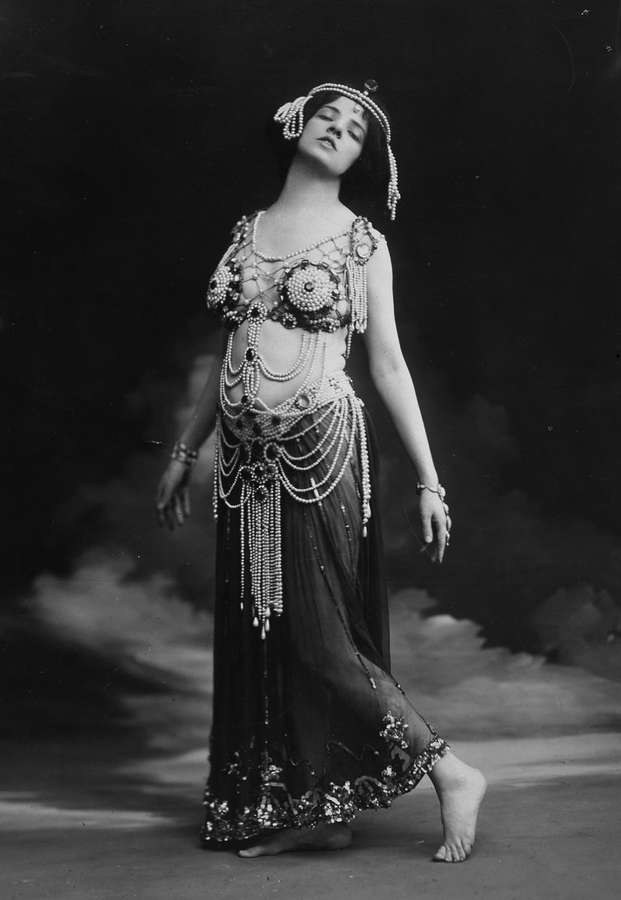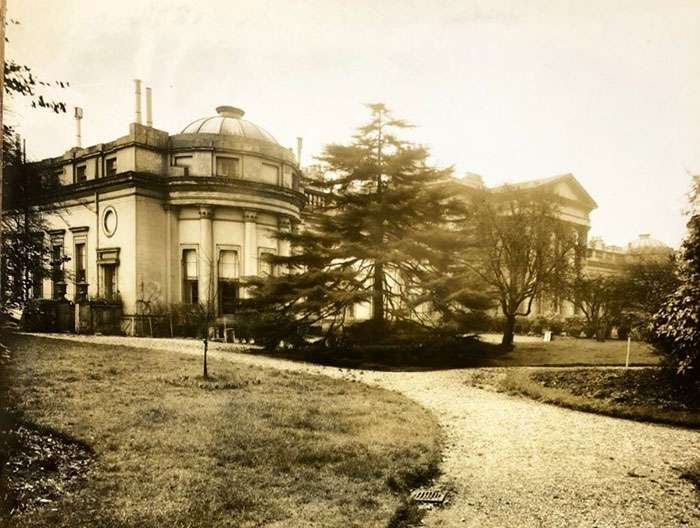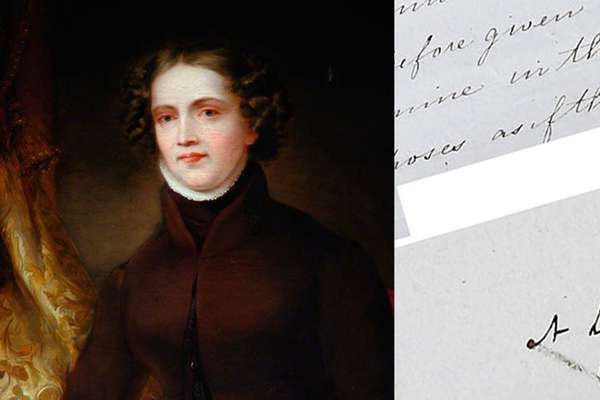Who was Maud Allan?
Maud Allan was a successful dancer on the West End stage in the early 20th century. She captivated audiences all around Europe with her confident and alluring performances. She also became involved in one of the most sensational trials of this period.
The National Archives holds records related to this moment in Allan’s life, including associated court records, Home Office files and correspondence around other unlicensed plays in this era.
At the heart of this trial was anxiety about lesbian relationships and the profile that this trial might give to such relationships between women. While same-sex relationships between women were never illegal, unlike homosexual acts between men, it was nevertheless socially unacceptable and attracted controversy. This trial is a window into the tensions and politics of the era.
Allan's early life
Maud Allan was born Ulla Maude Durrant in Canada around 1873. She left her home country and danced her way across Europe, including on the stages of London.
By 1906 she was attracting audiences in the headline role of a production of Salome, based on Oscar Wilde’s controversial play about the biblical figure. Salome was said to have danced before Herod with the head of John the Baptist on a silver plate. Allan quickly became renowned for her seductive dance based on this play.

Maud Allan in costume as Salome, 1910. Catalogue reference: COPY 1/550/190.
On the stage
By 1918 she had reprised the role, working with the Dutch theatre impresario J T Grein. To be an audience member of Allan’s private performance of Salome, spectators had to apply to ‘9 Duke Street, Adelphi, W6’. This was a way of escaping the censorship of the Lord Chamberlain, who had banned Oscar Wilde’s works in the aftermath of his trial.
An advertisement for the performance was printed in the Sunday Times:
OSCAR WILDE’S SALOME
MAUD ALLAN in private performances by
J. T. GREIN’s INDEPENDENT THEATRE,
April next.
Sunday Times, 10 February 1918
The backlash
Unfortunately, this prompted a backlash from MP Noel Pemberton-Billing, who owned a right-wing newspaper called The Vigilante. In the pages of this publication, Pemberton-Billing wrote an article under the sensational headline, ‘The Cult of the Clitoris’. Pemberton-Billing used this article to harshly critique Allan’s upcoming performance and implied that Allan was a lesbian and a spy; a member of a ‘cult’ of women who loved women.
-
- From our collection
- HO 45/22797
- Title
- The Vigilante's report on Rex vs Pemberton-Billing
- Date
- 1918
Even more shockingly, Pemberton-Billing accused Allan of having an affair with Margaret Asquith, wife of the former Prime Minister Herbert Asquith. These accusations threatened to have a serious effect on Allan’s career, and so she took Pemberton-Billing to court.
The trial
The trial ran over six days. Pemberton-Billing made the trial even more of a spectacle by providing his own defence.
Rather than focusing on the libel accusation, the presiding judge seemed more concerned that the uncensored play was being performed on stage. In his closing statement, the judge noted that the costume Allan wore for her performance, and had designed herself, was ‘in fact … worse than nothing’.
Despite being the plaintiff, Allan herself seemed to be on trial. Ultimately the jury found Pemberton-Billing not guilty, at which there was said to be a great outburst of cheering in the gallery.
-
- From our collection
- CRIM 4/1398
- Title
- Record of the trial
- Date
- 23 April 1918
Later life
Despite Allan’s strenuous denial of Pemberton-Billing’s accusations, Margaret Asquith paid for her apartment overlooking Regent’s Park, until Herbert Asquith’s death in the late 1920s. Furthermore, it was in this apartment that Allan lived with Verna Aldrich, her secretary and lover.

Baptist College (previously known as Holford House), Regents Park, London, where Allan lived with Verna Aldrich in the west wing. Dated 1937. Catalogue reference: CRES 35/3368.
Allan eventually settled in Los Angeles during the Second World War and worked in the aircraft industry. She continued to occasionally take to the stage throughout her life. She died in Los Angeles at the age 83 in 1956.






